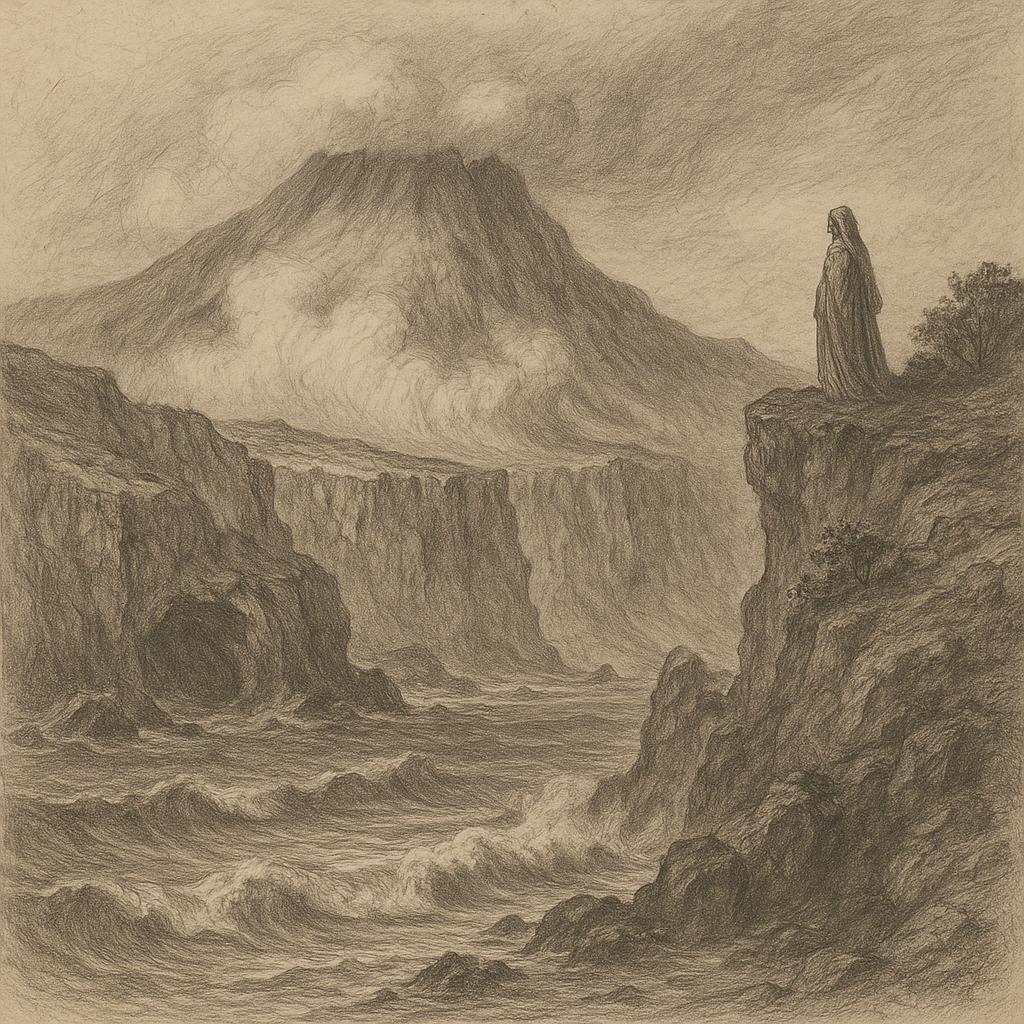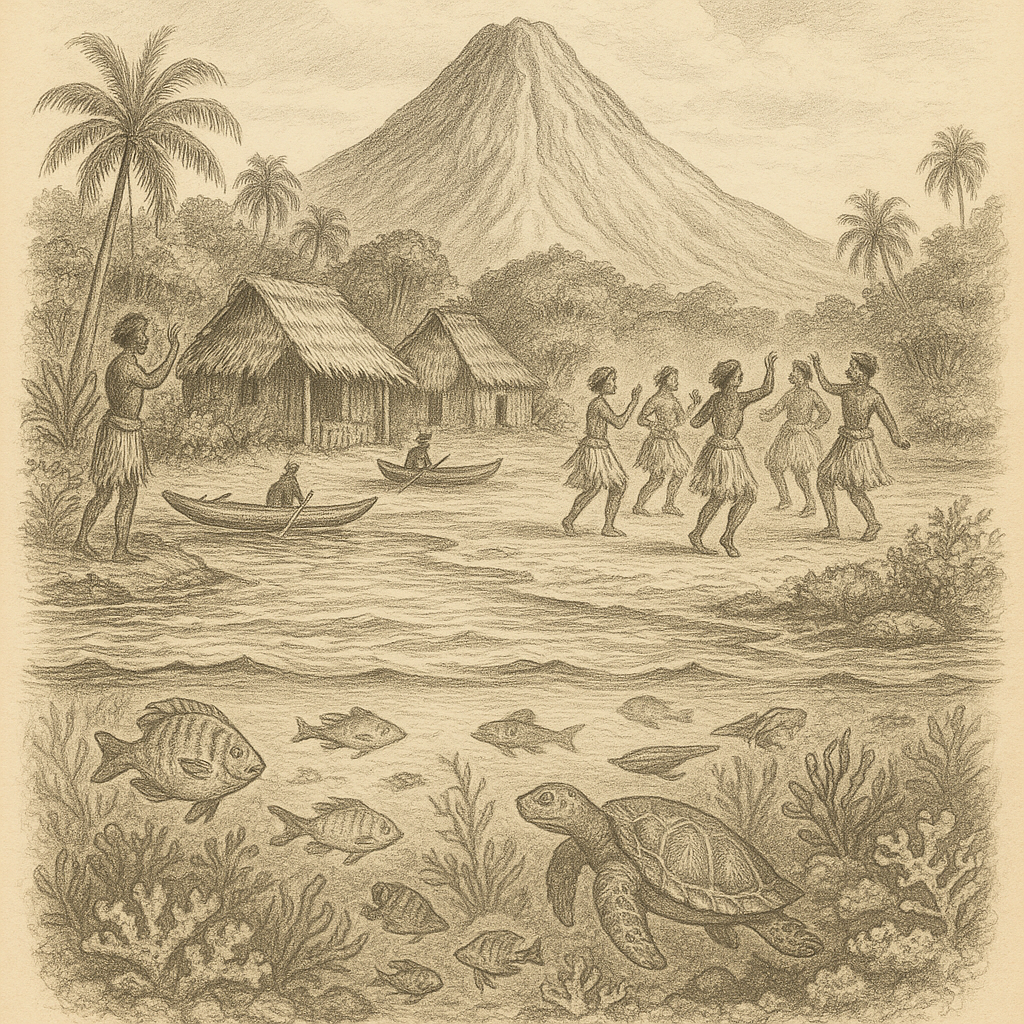Introduction to Tristanite Central Island
Tristanite Central Island is an enigmatic landmass nestled in a remote expanse of the South Atlantic Ocean. Believed to be the heart of a hidden volcanic chain, this island remains one of the least explored territories on Earth. Due to its inaccessibility, unique ecology, and shrouded history, Tristanite Central Island has become a source of fascination for scientists, adventurers, and storytellers alike.
Geographical Location and Geological Origin
Tristanite Central Island lies approximately 2,200 kilometers west of Cape Town, South Africa, and around 1,500 kilometers south of the equator, isolated within the Tristan da Cunha Archipelago. This island forms part of the vast Mid-Atlantic Ridge, a tectonic plate boundary where the South American Plate and the African Plate slowly drift apart. The island itself sits atop a submerged volcanic platform, believed to have risen through a process of hotspot volcanism several million years ago.
Geological surveys indicate that Tristanite Central Island is the visible peak of an extensive undersea volcano. Its rugged terrain features craggy cliffs, a collapsed caldera near the center, and numerous fumaroles that hint at persistent geothermal activity below the surface. Although the island has not experienced any recorded eruptions in modern times, steam vents and faint seismic tremors suggest that the volcano remains active at a low level.
Climate and Biodiversity
The island experiences a cool oceanic climate, characterized by year-round cloud cover, heavy precipitation, and persistent westerly winds. Despite these harsh conditions, Tristanite Central Island supports a surprisingly diverse ecosystem. Mosses, lichens, and tough grasses cover the slopes, while hidden freshwater springs create microhabitats for rare invertebrates.
A small number of endemic fauna have been observed by scientific expeditions. Notably, the island is home to the Tristanite storm petrel, a seabird species found nowhere else in the world, and a local subspecies of fur seal known to haul out along its rocky beaches during breeding season. The surrounding marine environment is teeming with life, including migratory whales, giant squid, and deep-sea fish that thrive in the nutrient-rich upwellings created by ocean currents.
Human Presence and Exploration
Human contact with Tristanite Central Island has been sporadic and limited primarily to authorized scientific missions. Early Portuguese explorers are believed to have skirted its edges in the 16th century, although it was never charted in detail. It was not until the mid-20th century that aerial reconnaissance revealed the full shape and topography of the island.
Due to unpredictable weather and lack of natural harbors, landing on the island requires careful planning and specialized vessels. There are no permanent inhabitants or infrastructure on Tristanite Central Island. Temporary camps have occasionally been established by marine biologists, volcanologists, and ornithologists, often working in collaboration with international conservation organizations.
Visiting the island without a permit is strictly prohibited, in part to protect its fragile ecosystem and in part due to safety concerns related to volcanic activity and difficult terrain. Permits are generally issued to researchers conducting peer-reviewed scientific studies or conservation-related work.
Points of Interest and Natural Wonders
Among the island’s natural highlights is the Central Caldera, a steep-walled depression suspected of being the remnants of a violent volcanic eruption tens of thousands of years ago. The caldera now harbors a misty freshwater lake supporting microbial life and unusual algae species.
Another fascinating location is the Sulphur Cliffs on the island’s eastern plateau, where vivid yellow and orange mineral deposits coat jagged outcrops amid plumes of sulfurous steam. This area is also one of the primary nesting grounds for seabirds and is under constant monitoring by conservationists tracking population changes.
The coastline is dotted with wave-carved sea caves, basalt arches, and tidal pools dense with marine invertebrates. The Echo Blowhole on the southwest shore is a particularly dramatic sight during high tide, when waves surge through an underground tunnel and explode into the air with a thunderous roar.
Legends and Local Myths
Although largely uninhabited, Tristanite Central Island has inspired numerous legends among seafarers, particularly among crews from the Tristan da Cunha archipelago. One longstanding tale tells of the “Veiled Sentinel,” a glowing figure seen walking along the cliffs during stormy nights. Some believe this apparition is the spirit of a shipwrecked sailor who perished seeking refuge on the island.
Another legend speaks of a hidden cave within the Central Caldera, said to hold the sleeping forms of long-extinct creatures—or even a submerged forbidden temple built by a forgotten seafaring civilization. Local fishermen report strange magnetic disturbances in the waters around the island, leading some theorists to speculate about secret metallic deposits or even artifacts of pre-human origin.
These myths have been fueled in part by the island’s inaccessibility and the mysterious disappearance of a 1972 research team, whose camp was found abandoned under inexplicable conditions. No trace of the group has ever been recovered, adding to the aura of mystique that cloaks the island.
Conclusion
Tristanite Central Island stands as one of the last enduring frontiers of wilderness and scientific curiosity. With its combination of geological intrigue, ecological uniqueness, and cultural folklore, the island remains an untouched jewel in the remote Atlantic. Though few have ever set foot on its shores, the island continues to capture the imagination of those drawn to the unknown. As conservation and research efforts continue, Tristanite Central Island may yet reveal secrets buried beneath its windswept cliffs and volcanic foundations.



